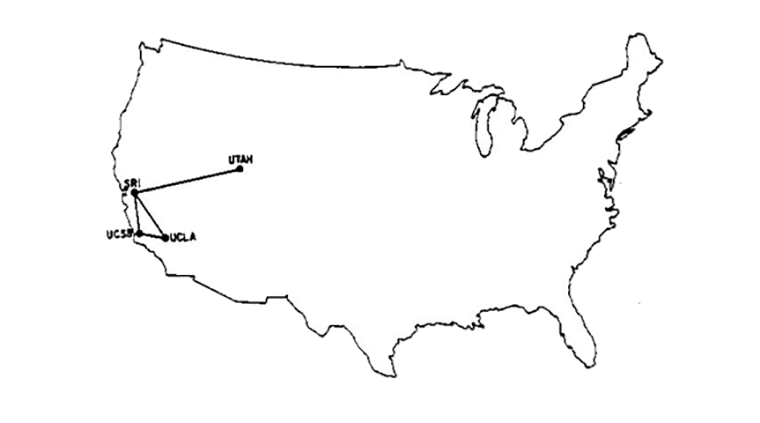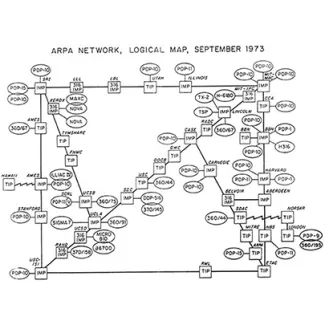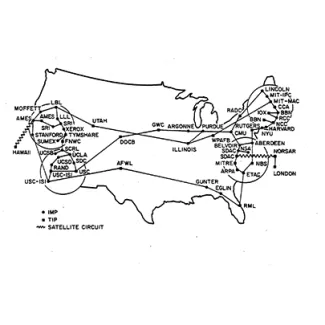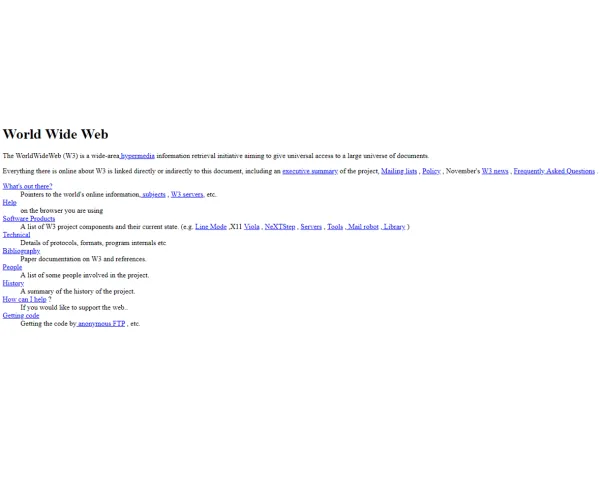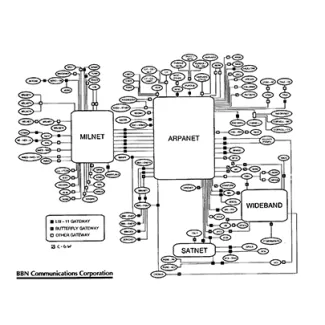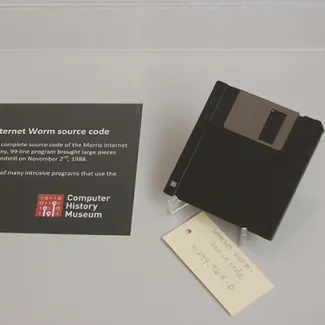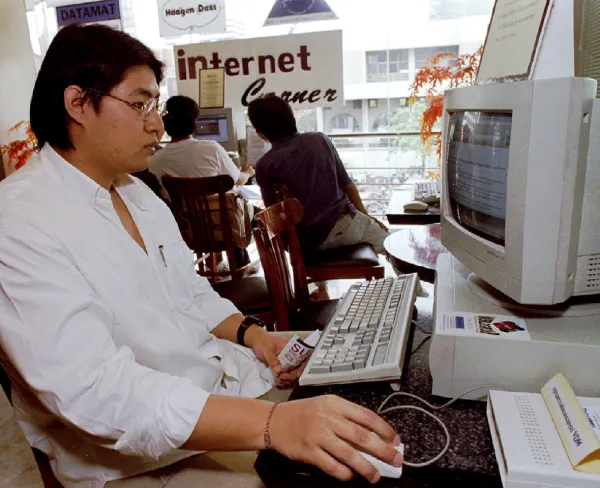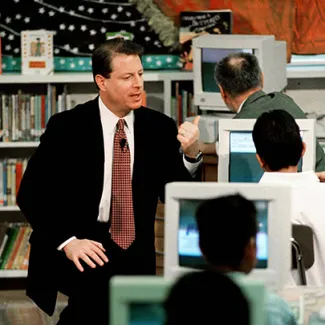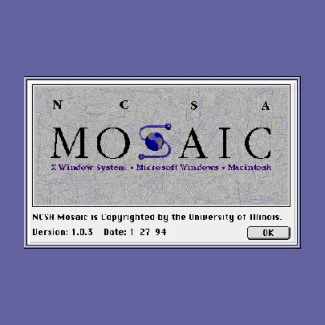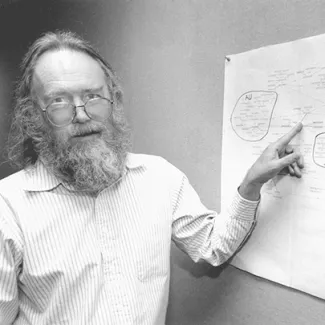Cyberspace and Cybersecurity: Introduction
The Origins of the Internet
The internet evolved from a niche government tool to a nearly universal platform for communications and entertainment.
Last Updated
January 31, 2023
The internet is central to our daily lives. It is a place to access a free flow of information and communicate with people all over the world instantly. But this wasn’t always the case.
Now a global, decentralized means of connection, the internet began as a secure, closed information-sharing network. Its use was confined to members of the U.S. Department of Defense and faculty at research institutions.
1962
1962
- 1982
1962
- 1982
Military and Security Origins of Arpanet
1962
Military and Security Origins of Arpanet
1962
Idea for an “Intergalactic Computer Network”
1969
Idea for an “Intergalactic Computer Network”
1969
Creation of Arpanet
1973
Creation of Arpanet
1973
First International Connection
1975
First International Connection
1975
Department of Defense Takes Control
1983
- 1991
Department of Defense Takes Control
1983
- 1991
From Arpanet to the Internet
1983
From Arpanet to the Internet
1983
Defense Department Closed Off From Arpanet
1986
Defense Department Closed Off From Arpanet
1986
Creation of Internet Engineering Task Force
1988
Creation of Internet Engineering Task Force
1988
First Major Cyberattack
1990
First Major Cyberattack
1990
Arpanet Ceases to Exist
1991
Arpanet Ceases to Exist
1991
Invention of the World Wide Web
1992
- 1998
Invention of the World Wide Web
1992
- 1998
Commercialization and Public Use of the Internet
1991
Commercialization and Public Use of the Internet
1991
High Performance Computing Act of 1991
1992
High Performance Computing Act of 1991
1992
First User-Friendly Web Browser
1995
First User-Friendly Web Browser
1995
Private Sector Takes Over Internet
1996
Private Sector Takes Over Internet
1996
Telecommunications Act of 1996
1998
Telecommunications Act of 1996
1998
Launch of Internet Corporation for Assigned Names and Numbers
Launch of Internet Corporation for Assigned Names and Numbers
1998
